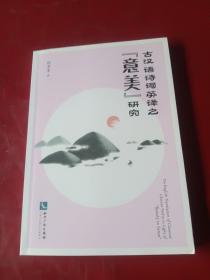
古汉语诗词英译之“意美”研究
正版现货 实物图拍摄
¥ 15 2.2折 ¥ 68 九品
仅1件
北京通州
认证卖家担保交易快速发货售后保障
作者杨贵章
出版社知识产权出版社
出版时间2019-12
版次1
装帧其他
货号11-2
上书时间2023-10-28
- 最新上架
商品详情
- 品相描述:九品
图书标准信息
- 作者 杨贵章
- 出版社 知识产权出版社
- 出版时间 2019-12
- 版次 1
- ISBN 9787513066990
- 定价 68.00元
- 装帧 其他
- 开本 16开
- 纸张 胶版纸
- 【内容简介】
- 本书探讨了中国古典诗词英译批评的理论与方法,从主题与主题情态倾向的关联性融合理论视角,研究“枫”“霜”“独立”“床”“啼”“孤”“独”等中国古典诗词微观语词之英译,对李白、杜牧等唐代诗人杰作和苏轼、晏几道等宋朝词人作品之英译提出具体的英译策略。案例分析具指导性和可阐释性,在一定程度上拓宽了“主题与主题倾向关联性融合”的理论框架。
- 【作者简介】
- 杨贵章,湖南永州人,英语语言文学博士,广东金融学院副教授。主要研究方向:英语语言文学、翻译学。曾于《暨南学报》(CSSCI)、《当代外语研究》等学术期刊公开发表学术论文多篇;主持广东省课题“基于Blackboard平台的‘体验-建构融通式’笔译教学模式构建与实践”“语篇语言学视角下的张九龄诗歌英译研究”等各类课题5项;参与国家社科项目及省部级课题6项;主编、参编教材5部。
- 【目录】
-
Contents
Chapter I Introduction
1.1 Research Orientation
1.2 Objective of the Research
1.3 Rationale for the Study
1.4 Research Questions
1.5 Research Methodology and Data Collection
1.6 Outline of the Research
Chapter II Previous Studies of the English Translation of Classical Chinese Poetry
2.1 Overview of the Previous Studies
2.2 Introduction to the Relevance of Theme and Thematic Inclination
2.3 Summary
Chapter III Understanding the Relevance of Theme and Themation and Microemation in the Interpretation of Classical Chinese Poetry
3.1 Relevant Theoretical Concepts
3.2 About the Theme of Classical Chinese Poetry
3.3 About the Themation of Classical Chinese Poetry
3.4 Relationship between the Theme and Themation
3.5 Identification of the Poetic Theme and Themation
3.6 Theoretical Framework based on Relevant Fusion of Theme and Themation and Microemation
3.7 Catalogues of the Connotation under the Framework
3.8 Summary
Chapter IV A Probe into the English Translation of the Titles of Classical Chinese Poetry
4.1 Remarks on the Titles of Classical Chinese Poetry
4.2 Translating Principles and Strategies to Be Developed
4.3 Summary
Chapter V A Probe into the English Translation of the Emages of Classical Chinese Poetry
5.1 Introduction to the Emages of Classical Chinese Poetry
5.2 Introduction to the Imotion
5.3 Imotion Shift under the Framework
5.4 Translating Principles of the Emage of Classical Chinese Poetry
5.5 Translation of Covert Numeral Emages
5.6 Summary
Chapter VI A Probe into the English Translation of the Proper Names
6.1 Remarks on Proper Names
6.2 Relation between the Proper Names and Theme and Themation
6.3 Translating Principles of the Proper Names
6.4 Translating Strategies of the Proper Names
6.5 Summary
Chapter VII Conclusion
7.1 Summary of the Present Research
7.2 Major Findings of the Study
7.3 Solutions
7.4 Implications
7.5 Limitations
7.6 Suggestions for Future Research
Bibliography
Appendices
Appendix A
Appendix B
Appendix C
Appendix D
Appendix E
Appendix F
Appendix G
Appendix H
点击展开
点击收起
— 没有更多了 —




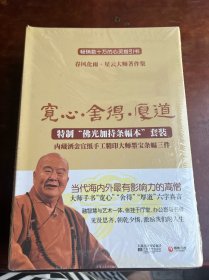

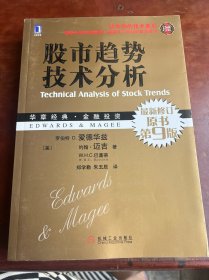
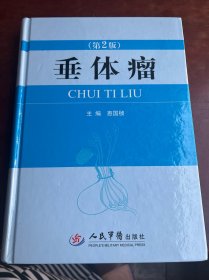
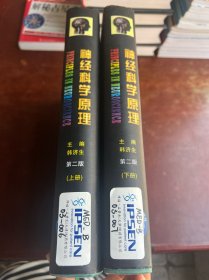
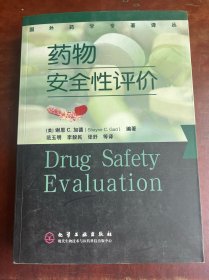
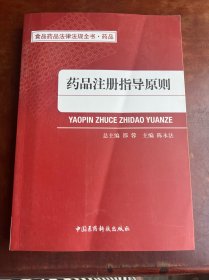
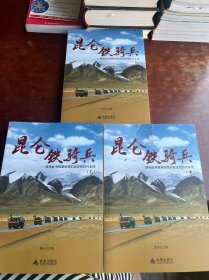
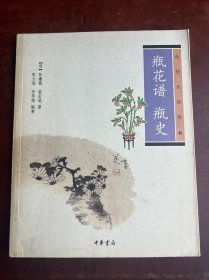

以下为对购买帮助不大的评价